What it's like living on St Kilda
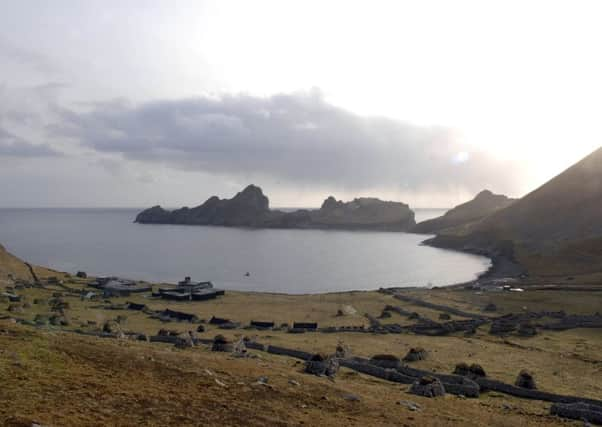

Often described as sitting on the “edge of the earth”, St Kilda was abandoned by its last permanent residents in 1930 as life became too tough.
Here Mr Stanford, who lives on St Kilda for 22 weeks a year and makes regular trips to the island, tells Alison Campsie about the highs and lows of life in Scotland’s remotest spot and of the “new, modern St Kildan community” that can be found there.
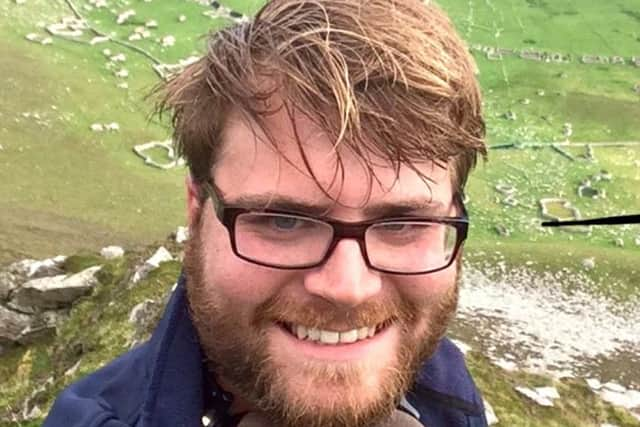

Advertisement
Hide Ad“I usually get to St Kilda by helicopter as its more reliable on the boat and you can still get here when the weather is bad.
“If you are coming from Benbecula, it just takes 20 minutes or so in the chopper. It’s the Ministry of Defence helicopter but there is an agreement that the NTS staff on the island can travel in it.
“I stay in the Manse which was built by Robert Stevenson , the lighthouse engineer. There are three bedrooms here and a wee room for a shop which is run by the St Kilda Club and is opened up for half and hour at a time for visitors. There you can buy things like mugs, scarves and jumpers and toy puffins.
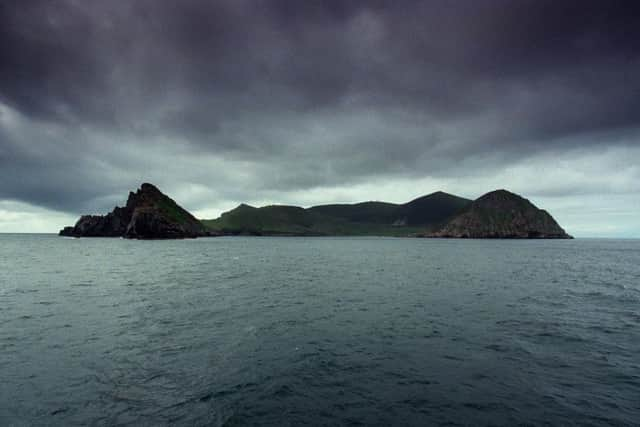

“At the moment, St Kilda is at an unusual point. There is a lot happening as the MOD base is being rebuilt and there are a lot of contractors around. There could be upwards of 60 to 70 people here at one time but that will fall away to between 20 and 40.
“It’s a pretty decent social life here and that’s something that you probably don’t expect. Perhaps some people who come here want to be about that hermit lifestyle, but sometimes you can’t get a moment alone.
“It’s a good wee group. I see it as a modern day St Kilda community .
Advertisement
Hide Ad“You have got three people from NTS based here over the summer, and then you have the MOD base as well as scientists and biologists working on the Soay sheep project.
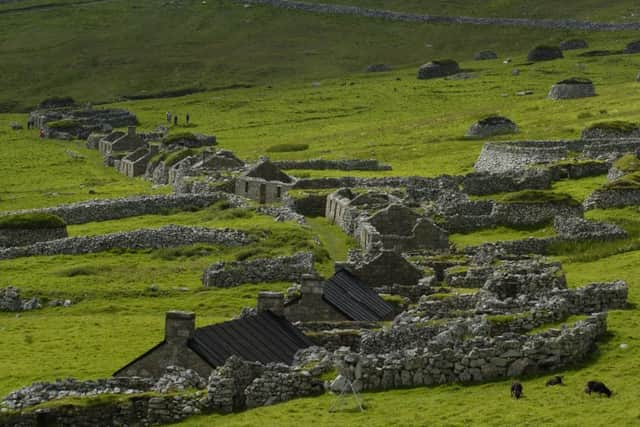

“In the summer, we usually put on work parties. There are usually a couple of campers in the summer and if the weather is nice, you get boats and cruises stopping off. It’s actually a busy wee place.
Advertisement
Hide Ad“When I am not in St Kilda, I live in Glasgow, and sometimes you do wake up here on a Sunday morning and think how good it would be to go for a coffee at the wee cafe down the road.
“So you do miss things but there is work to do and you just get on with it. After 10 weeks you do get excited to go off for a fortnight because you do get isolated from parts of your life that you want to be connected to.
“But on the other side, you miss the island when you are off. Today, I am glad to be back here.
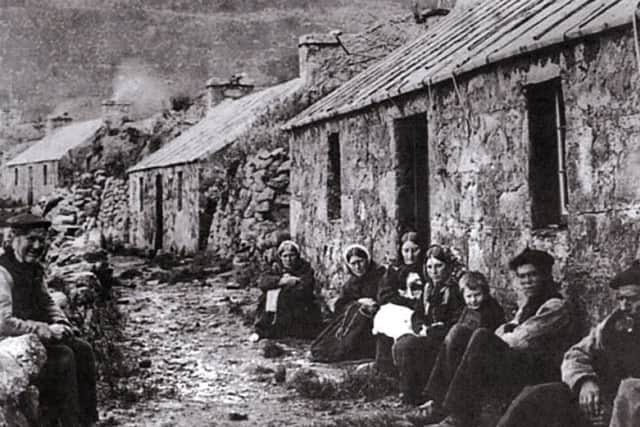

“We do have internet and phone here but today the lines are down so I am speaking to you via a microwave link. I do miss the internet when it is down - I am 26 years old, after all.
“We do have the odd social meet up. For such a small group we do quite a lot. We have satellite television so we have movie nights. Sometimes we will go to the Puff Inn, the little bar on the MOD base. Its a proper Cold War-era soldiers pub and its quite good fun. There is a pool table there.
“Otherwise, we go for a lot of walks. In September at night the stars are absolutely spectacular. It is totally phenomenal and there will usually be someone, maybe someone from the sheep project, who knows about constellations.
Advertisement
Hide Ad“When the NTS work parties are on we will go up to Cottage 1 and see everyone. It’s a warm place and we usually eat together.
“Food I would say is the most difficult part of the job. It’s really the management of it. The helicopter comes out twice a week to supply the MoD and we can put a food order in at the shop at Benbecula and that can be brought out. We could order food twice a week but we don’t, it puts space in the helicopter under strain, so we order enough food for three weeks at a time.
Advertisement
Hide Ad“We order loads of potatoes and milk, but of course there is only so much milk you can freeze at a time. There is only so much space to go round.


“I have got a tower of tinned food in my room and that makes me feel good, to have that backup. The most difficult thing to get here is ice cream. Sometimes, an ice cream would be really nice.
“My job here is really is a job of a lifetime. St Kilda is so unique - it’s a World Heritage Site on both a cultural and natural level.
“I’m caring for the cultural heritage but there are so many opportunities to engage with the natural.
“Quite a lot of your life here is affected by the seasons, the tides. It’s a very natural way of living. I suppose it is the rhythm of life.
“At the moment, workwise, we are doing a survey of the winter damage around Village Bay and look at what has changed.
Advertisement
Hide Ad“We are also doing a survey of every building on St Kilda. There has been a long history of documenting St Kilda, right from the 1600s when Martin Martin first visited an wrote about his stay.
“There are also many amazing photographs of the island so we can actually look at a building and go ‘that stone has moved.’
Advertisement
Hide Ad“It’s not just about being really picky. The way the stones are laid her are unique to St Kilda and we want to preserve that St Kildan voice.
“It’s a expression of the islanders identity, in stone. You can really see this when you live here. Once you know what you are looking for, it becomes a thing of beauty.
“St Kilda has a fascinating history. Something to bear in mind is that even though St Kilda is where it is, it is still a Hebridean island. The old archaeology, from the Neolithic to the Medieval period, is incredibly similar to the rest of the Long Isle.
“I think we tend to view islands in a very modern sense. Not all of us are sailors but in the past the sea was the highway. You can see St Kilda from Lewis. People would see place, and then they would go and find them.
“Today, St Kilda really speaks for itself. You walk right into it and it is just incredibly well preserved. They old houses are beautiful, the floors are now covered with grass and wildflowers.
“I think there are elements of St Kilda being like a living museum. Preserving the St Kildan legacy is my primary job. When you see people walking through the landscape taking it all it, you can see them really understanding the place. We don’t have a lot of interpretation boards or signs, it really is just as it was.
“It’s not a sad place, it’s not empty and its not desolate. St Kilda is very much a living place.”
